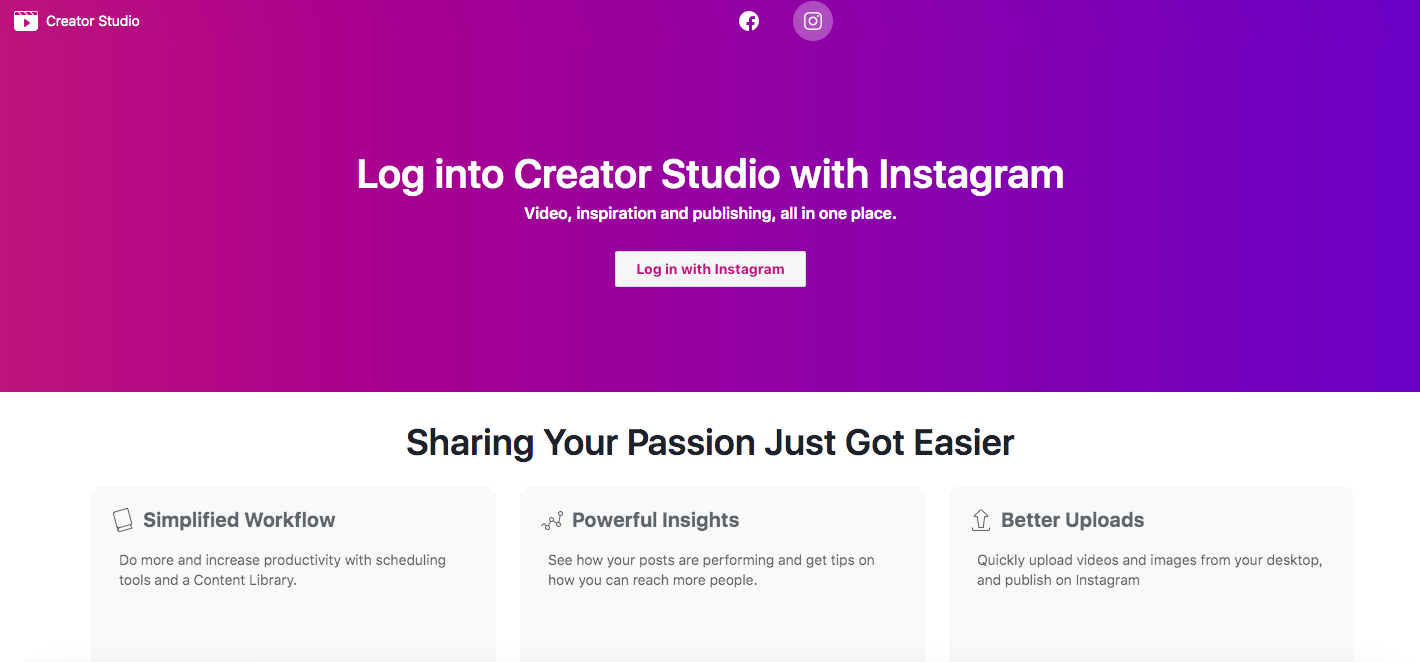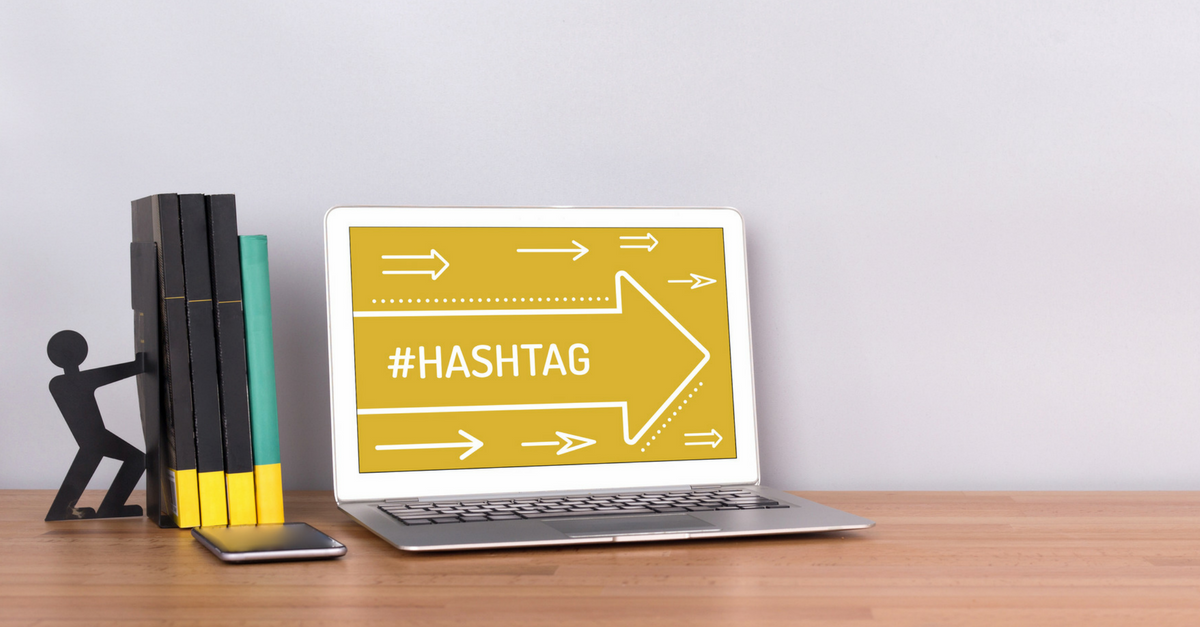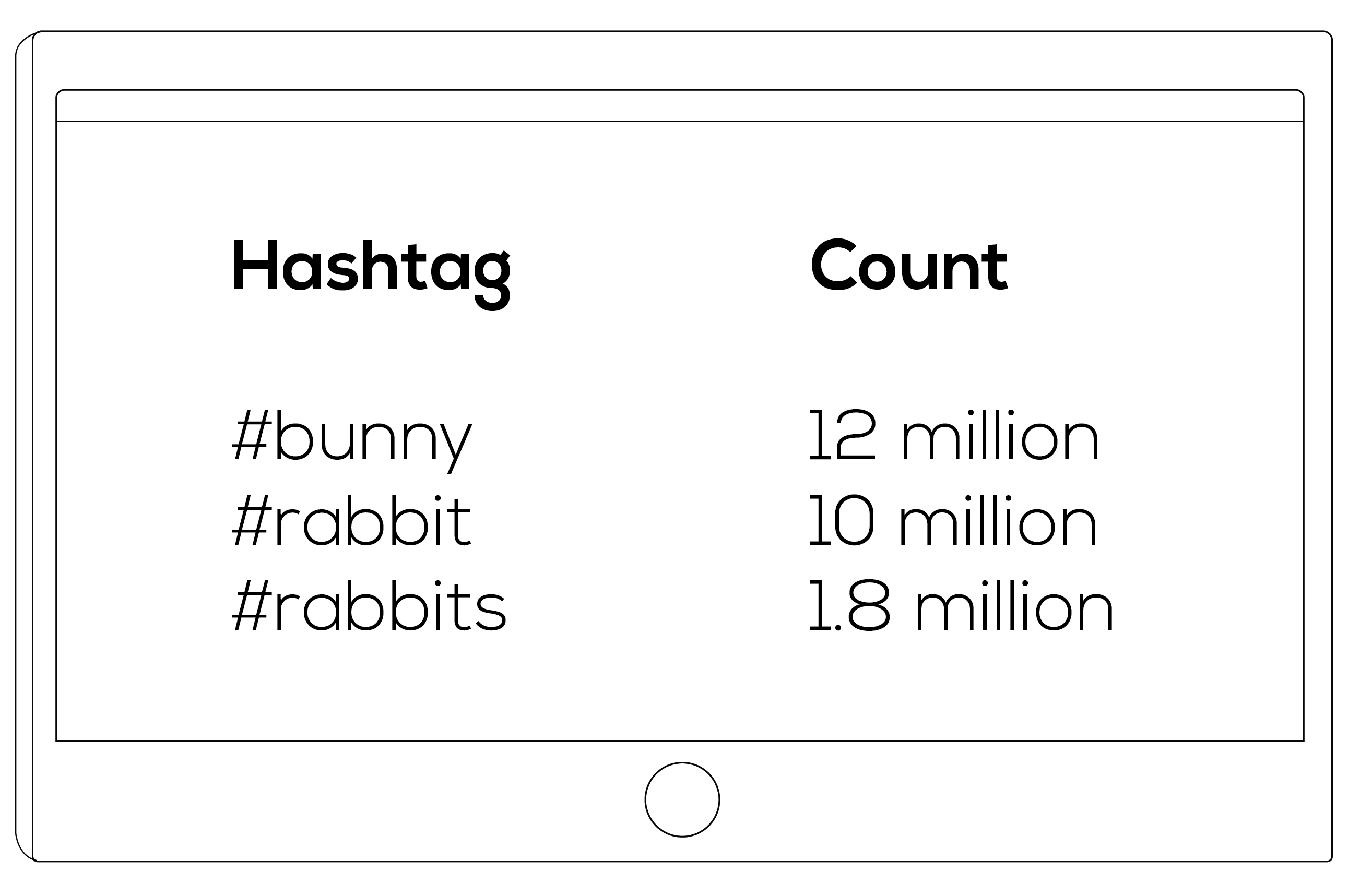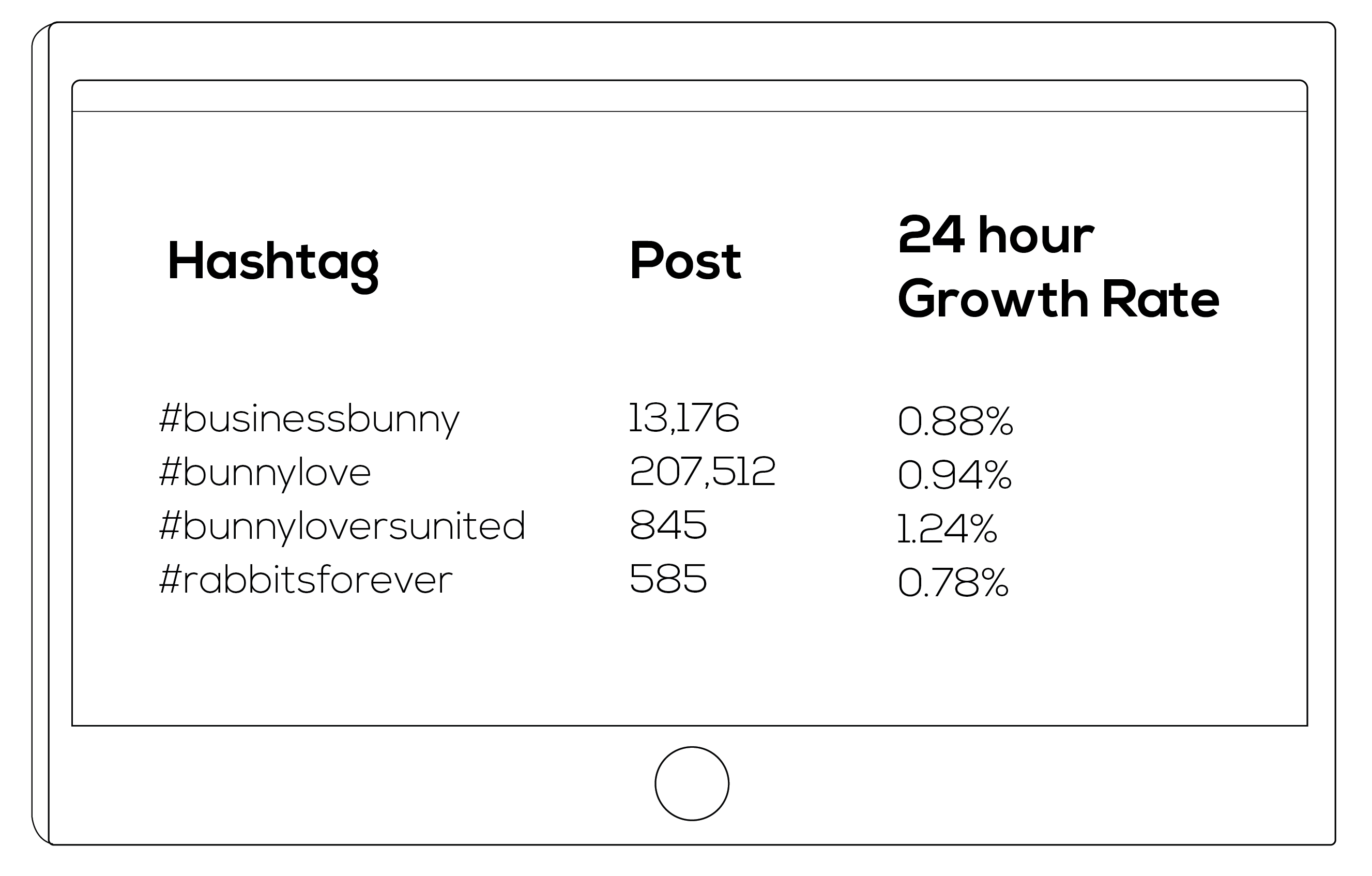What is Social Media Engagement?
Think about social media engagement as all of the interactions you have with your followers, across all platforms. It’s LinkedIn and Facebook shares, Instagram likes and Twitter retweets all rolled into one.
Any chance you have to engage with your followers — a reply, a share or a like is a potential interaction that you can increase trust and grow your brand.
Consumers who trust you and your content will eventually become customers.
Customers like to share recommendations to others — so they’ll eventually become ambassadors for your brand.
This kind of organic sharing is the best possible scenario for social media engagement.
How to Engage on Social Media
Like most technology, approaches to social media are cyclical and they change rapidly.
Today, bots are out.
Many social networks have set parameters around engagement, which limits possible bot actions. Social networks can now close your account if you’re caught using bots.
Authentic engagement is in.
You need to spend the time to like, comment and share other content. Or, if you’re not doing it yourself, you need to hire a social media agency to do it. No matter what social media platform(s) best fit your business, you need to be responsive.
Our top three recommendations to clients are:
- Build relationships
- Be casual
- And be friendly.
If you need help establishing a voice on a social media platform, let us know.
What’s included in a social media engagement strategy
Mapping out how your business will engage on social media is crucial to the success of reaching your target customers online. A social media engagement strategy will outline who and how you plan to interact.
A few important sections we include in our engagement strategies are:
- Accounts of industry leaders
- Accounts with the same or similar target audiences
- Industry-related hashtags
- Predetermined responses for different scenarios
At Smith Social, we always start with a social media strategy to plan how to reach your target customer. An engagement strategy is just one section of the plan.
If you’re looking to increase your reach on social media, it might be time to consider implementing an engagement strategy. Don’t have time? Ask our team to help! Get started today by reaching out to us.









 the years hashtags have spread from Twitter across multiple online platforms including Facebook, LinkedIn, Instagram, as well as entering into our text and verbal communications.
the years hashtags have spread from Twitter across multiple online platforms including Facebook, LinkedIn, Instagram, as well as entering into our text and verbal communications.

